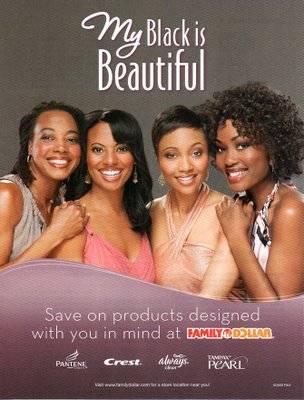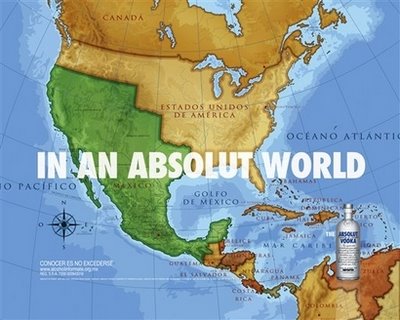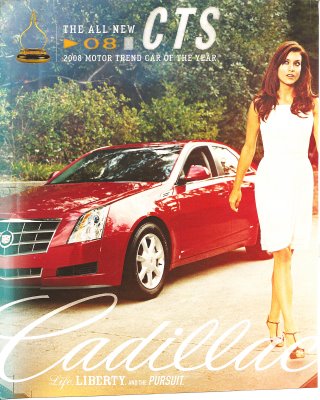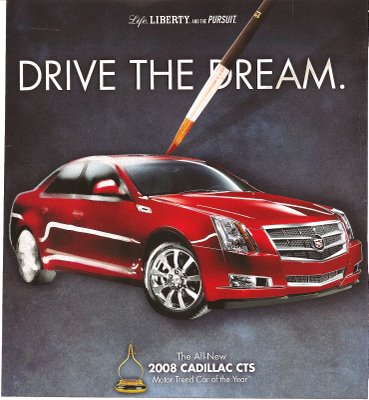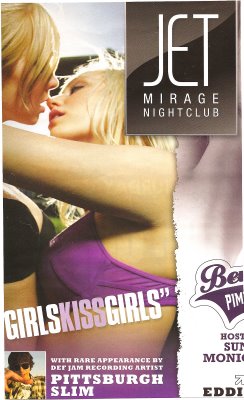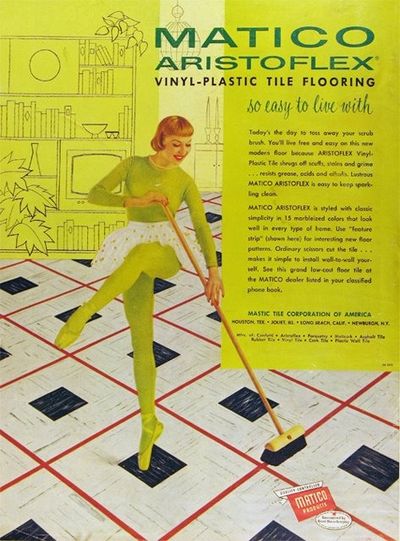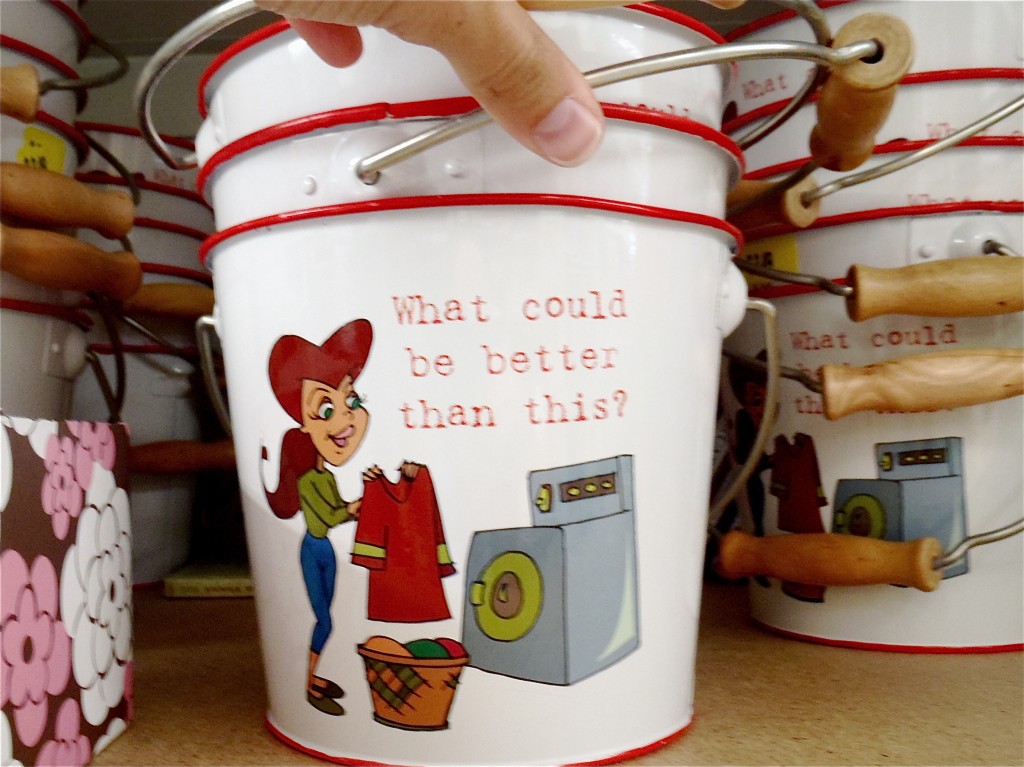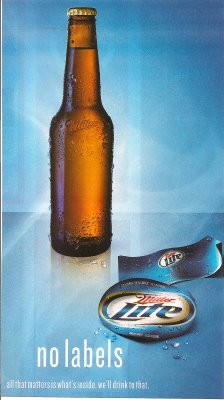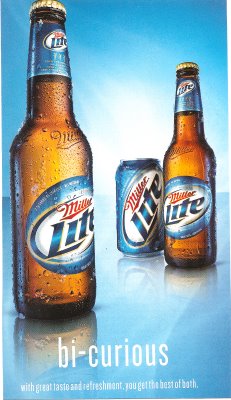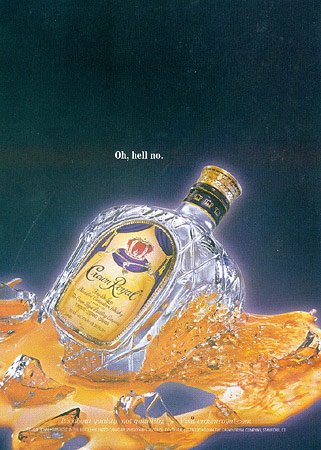We’ve posted about Tom Ford‘s most recent provocative campaign (see here), but Urban Artiste drew our attention to an interesting development. The Italian Advertising Institute has banned one of his ads for being too “vulgar,” “sexually implicit,” “beyond bad taste,” and an “offensive gesture which insults women and the dignity of all” (quotes found at The Daily Telegraph). Which ad?
WARNING: The images in post are not safe for work.

